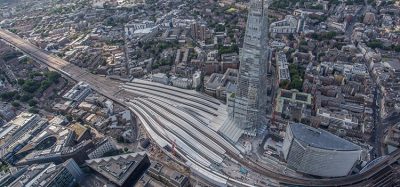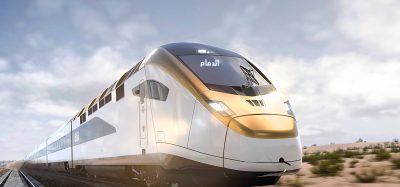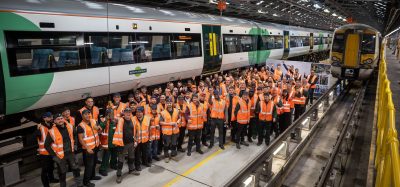The importance of future-proofing asset management
Posted: 22 July 2024 | Marco Corradini | No comments yet
We caught up with Marco Corradini from SBB at the Rail Infrastructure Asset Management Summit 2024, in London earlier this year to get his thoughts on the most important parts of infrastructure asset management.
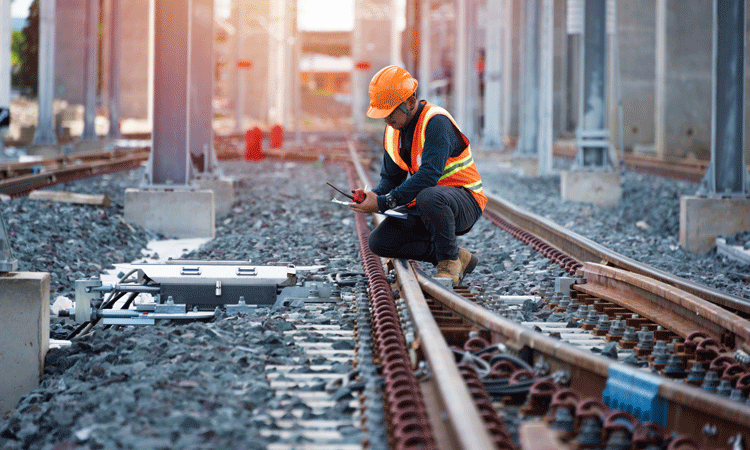

This summit is very interesting, we’ve had the opportunity to see how infrastructure managers proof their assets, the strategies that they are improving and what suppliers are offering on the market. It’s also interesting looking into the trends that are becoming a reality in our railway’s infrastructure in the next few years.
The one big challenge seems to be that technology goes very, very fast, but the rules and regulation and the coordination between countries goes very, very slowly. So, we have to manage this big difference.”
How are safety, reliability and deficiency connected and what does it mean for managing rail assets?
Those three parameters are very important: safety is a position first for every transport system; reliability is also key because our customers need to be able to trust the transport systems available to them, for them to want to keep using it. Efficiency is the foundation for availability because if you have an efficient system then that means that the trains, the vehicles, if we spoke of a full transport system, can go in the right way and we don’t have delays.
We have to manage these three parameters because they are all connected. If you want to have an efficient network, you need new projects and effective maintenance. If you need to do these works, you have to touch the operation and then the reliability. Safety is a constant consideration because the system needs to be safe for the customer and for the maintenance worker.
Every day we are confronted with this situation and it’s a typical challenge that we’ve faced since the birth of the rail industry, and one that I believe we’ll always have. This is why I think that the new technology is a very important point because we can reduce some difficulties and we can improve some services. These considerations are both for the railway vehicles and for the infrastructure.
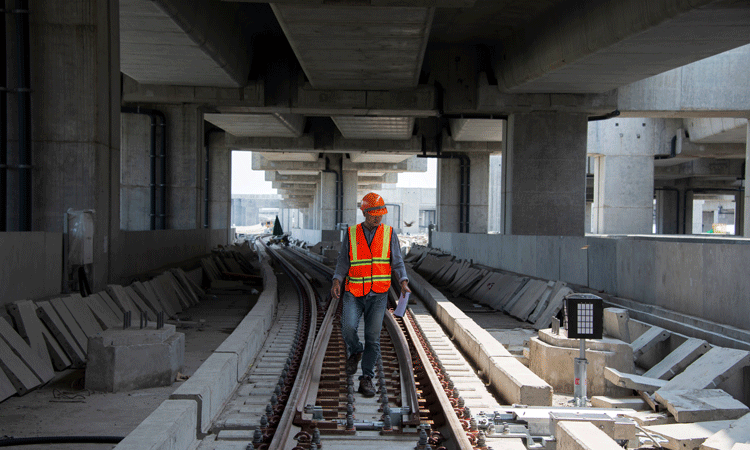

What’s your top strategy to achieve a cohesive round network?
There are some external and internal topics: If we mention the external points, as you know, the infrastructure managers are, in most of or in all the cases, public. You must receive from your governance clear inputs of what you have to do, and these inputs are needed especially in a long‑term vision, because you have to plan, to design, to realise and to operate. And if your plans are stable and with very long vision, then you can realise a very good transport system.
As an infrastructure manager you depend strongly on this stable vision, because you cannot start to build infrastructures, or parts of them, and then change your idea, or realise the entire new infrastructure and then not finance the operating trains and other facilities you need to do the entire systems working or getting better. In this way you will do simply fake investment and disrupt the budget and the prestige of your company.
Another very important point is that you need a good or excellent coordination between the transport systems and intern your own infrastructure system. If you do not achieve this, as I said before, you will succeed only partially. This is the case of very good standalone systems, as are many high‑speed lines in some Countries in Europe, where poor connections with other (public) transport modes are present in the main and small hubs.
Regarding the internal factors I want to mention first the difficult one that we have nowadays. In particular, you need very good knowledge of the “system railway” or, even better, of the “system public transportation”. Please consider that a knowledge of these systems means not that you have to know only the technological point of view for these, but you have to know also the regulations and above all the humans and culture aspects of the territory where the system works. This is important not only for infrastructure but also for the vehicles.
You have to know what the needs of the population are and what are the decision making and leading points in and of the territory, then you can respond better to these needs. And you have to share the lessons learned because only sharing the good experiences the entire system can grow stronger and together with the other systems and the territory.
Finally, it’s for me important that a good relationship with the customer will be held, because at the end is the customer, and we can enjoy this or not, that decide the results and the merits of a transportation system. And with customer I mean not only passenger, but also freight.
What metrics do you use when you’re examining performance?
At SBB we have set various quantitative targets, among which, in addition to the typical many infrastructure targets, several new targets related to sustainability and ESG values in general have recently been added.
Targets represent the benchmark metrics we need to achieve, both on an annual basis and in the medium and long term. They serve to define the path that will enable us, over time, to achieve the vision defined by SBB as a company. Targets indeed have further implications, as they help prioritise investments and set the bar for future projects.
For tracking changes over time related to the settled quantitative targets, we use figure of merits (FOM) or key performance indicators (KPIs). FOM are used when trying to compare technologies and projects produced over time, stripped away from organisational or cultural issues but getting closer to the physics of what is going on. KPIs are instead used to track organisational performance driven by our culture and tools that our crew and stuff use to do their work.
One of the most known KPI by SBB is the punctuality of its trains: in 2023 we achieved 92.5% for passenger trains and, above all, a 98.7% in the hub connections with other transport modes.
As I have mentioned, we are getting even better in sustainability topics and in particular, from 2019 to 2023, we reached excellent FOM with reductions of 2.9% of electricity and fuel consumption, of 7% in thermal energy for buildings and facilities, and especially reducing greenhouse gas emissions from energy consumption by 11.7% and by 13.8% of railway passenger transport.
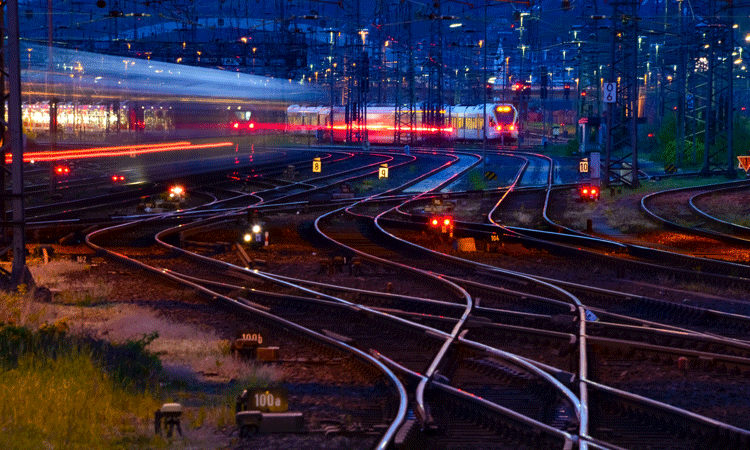

How do safety considerations both individual and broader systems affect operation?
This is a good question to bring to the discussion because safety is very important, but it’s not everything.
In these 200 years since Stevenson, we have developed a lot of rules, regulation standards, and the European Union has increased this trend in giving continuously new regulations. But I think that we should have less rules and we should be more operative and operational.
We are then going in the wrong way. We are making the railway system extremely inflexible and this penalizes it even more, since it is in itself a less flexible system than its main competitor, the road system. I see no advantage if the railway system is 200% safe but only transports about 10% of land mobility.
This year Global Railway Review is celebrating our 30th birthday, which is its pearl anniversary. Do you have a pearl of wisdom for us?
So, I have three pearls of wisdom.
The first is for England because this is the land where the railway was born. I hope for England, for Europe and the world, for the sake of sustainability that the high-speed project will be continued, because in general the United Kingdom needs new rail lines. I’ll give my country as an example because in Italy most of the railway lines were constructed in the 18th century and the infrastructure was widely upgraded in the last 20 years with a lot of new high-speed lines before the old network began to fail.
Now there are projects to also improve the old network. But Italy is not the only example: We can say France has followed Italy, Spain and Germany’s lead in Europe. And of course, China has the longest high-speed system in the world. So, I hope that the United Kingdom will soon follow. Then, if I could, I would come here and sustain the construction of the next phase of the high-speed line in England.
The second is for Europe. I would like to hope that we will have a European Union that is more than a typical bureaucracy agency. Europe must show that it has grown up and show with facts that it believes in the expansion of the railways and the strengthening of local public transport. We have been talking about expanding the railways for more than 30 years, but in the end we still make more roads and motorways.
And the third point is a theoretical and a management point of view. When I was a student, I read that we had to come back to basics because we mention the latest digitalisations and technologies without necessarily understanding what we’re talking about. So sometimes I think that we need to take the time to go out and look at the tracks and the system, to travel as a customer and see what the problem points are ourselves, before then finding a solution. Until we do this, we cannot realise a better system.
A last word to say about efficiency. As I mentioned before, efficiency should run through the entire rail systems. We would like to believe that the brain of the person using the systems can also integrate efficiency, otherwise we end up doing things only because we have to do it and not because we believe in it. How could we ever improve if we act like this?
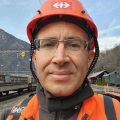

OUT NOW: The Definitive Guide to Rail’s Digital Future
The rail industry is undergoing a digital revolution, and you need to be ready. We have released our latest market report, “Track Insight: Digitalisation.”
This is not just another report; it’s your comprehensive guide to understanding and leveraging the profound technological shifts reshaping our industry. We move beyond the buzzwords to show you the tangible realities of AI, IoT, and advanced data analytics in rail.
Discover how to:
- Optimise operations and maintenance with real-time insights.
- Enhance passenger services through seamless, high-speed connectivity.
- Leverage technologies like LEO satellites to improve safety and efficiency.
Featuring expert analysis from leaders at Nomad Digital, Lucchini RS, Bentley Systems and more, this is a must-read for any rail professional.
Issue
Related topics
Digitalisation, Funding & Finance, Infrastructure Developments, Regulation & Legislation, Safety, Sustainability/Decarbonisation, Technology & Software, Track Systems



